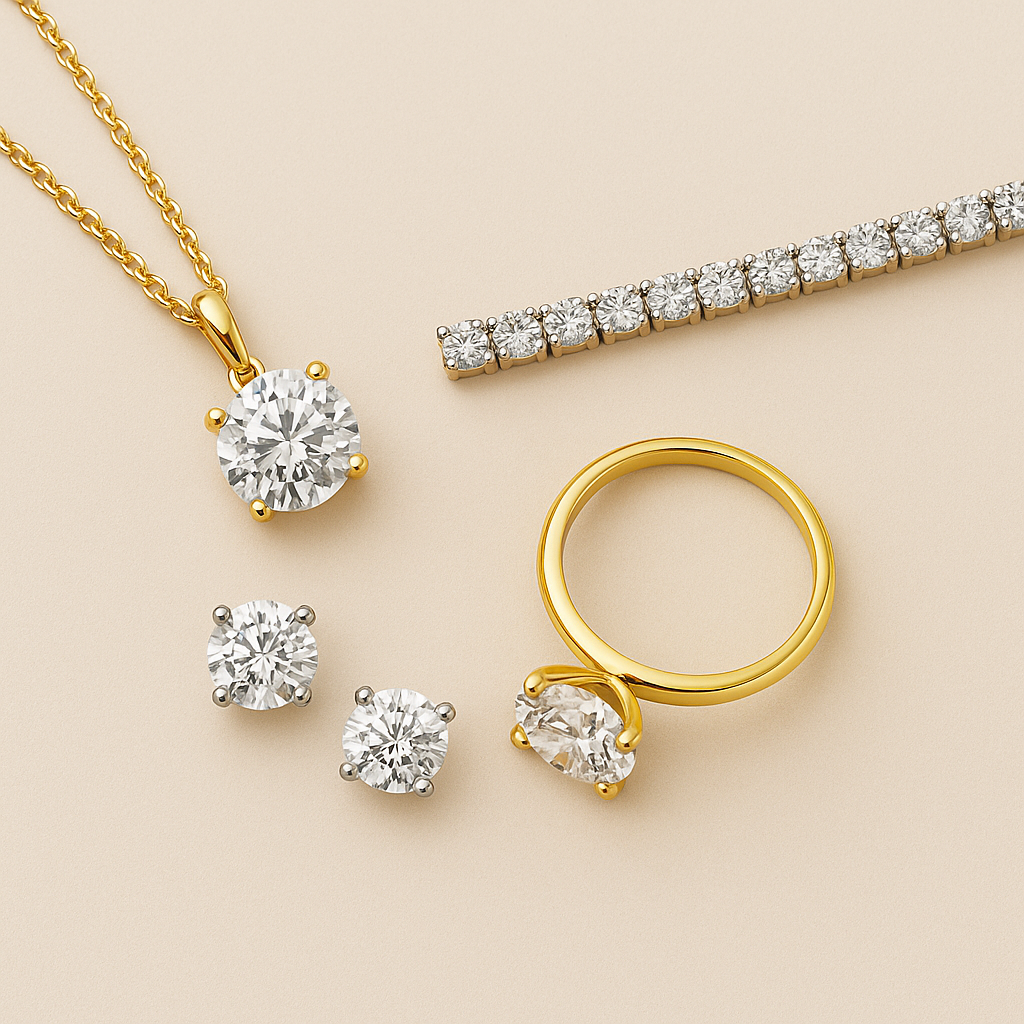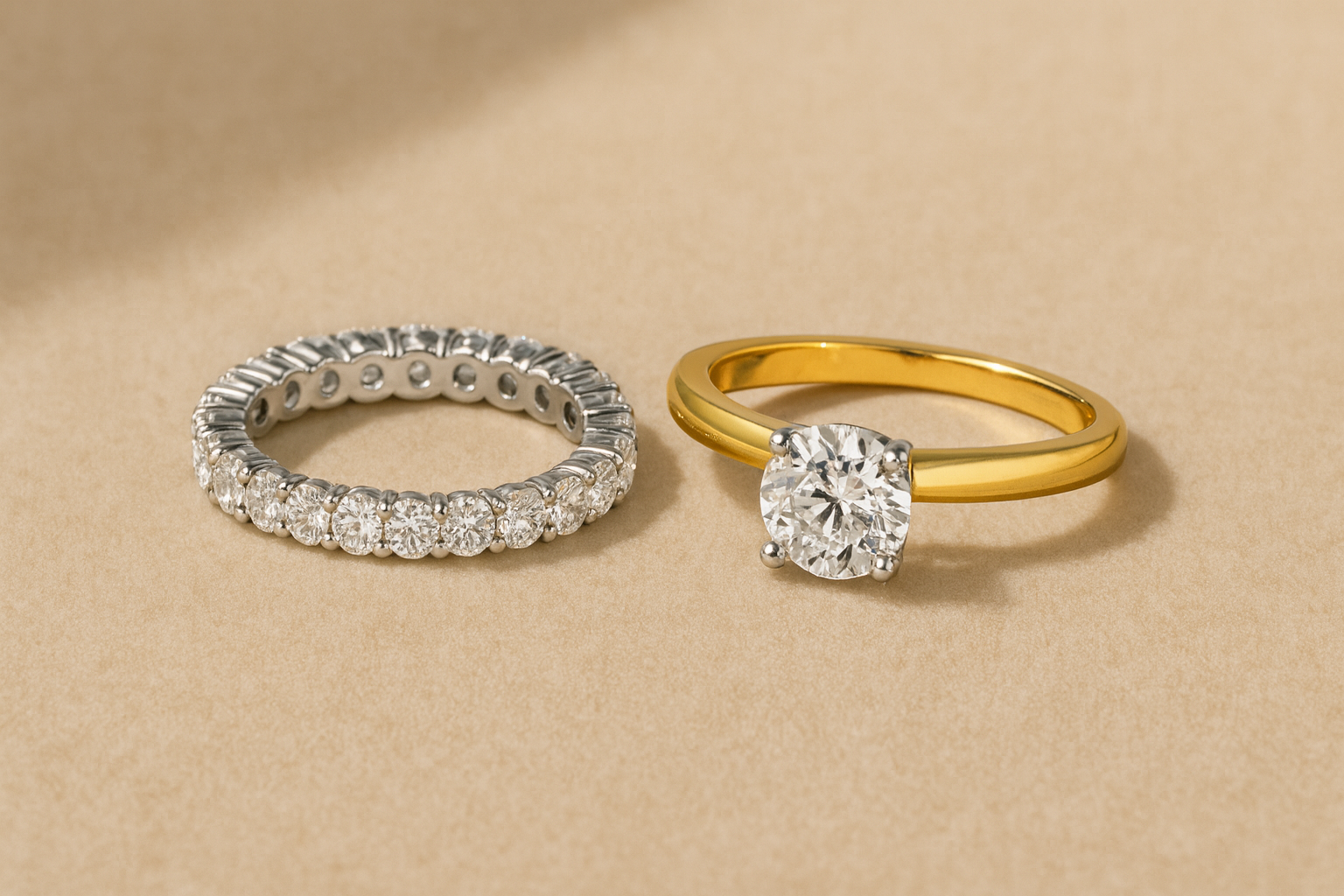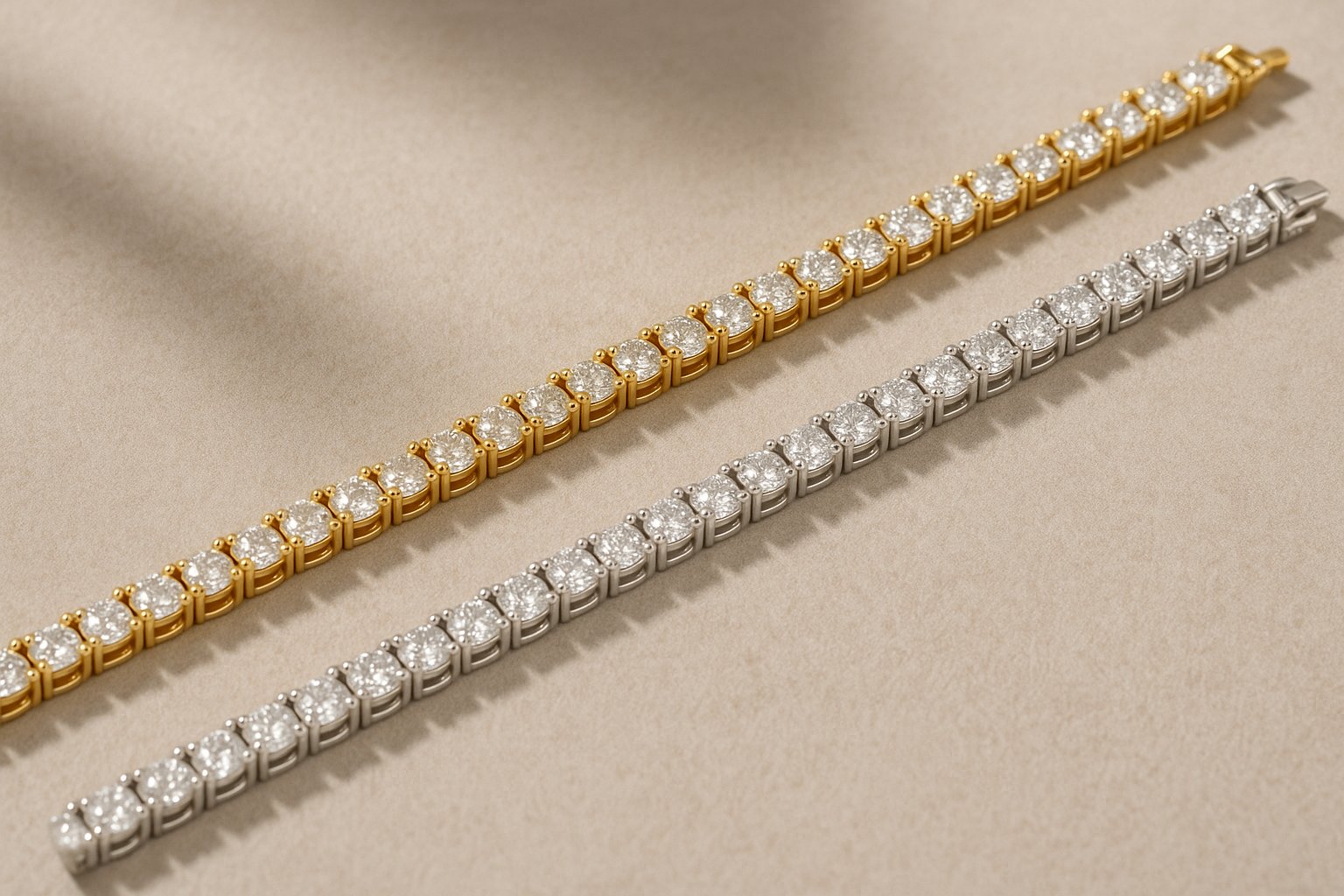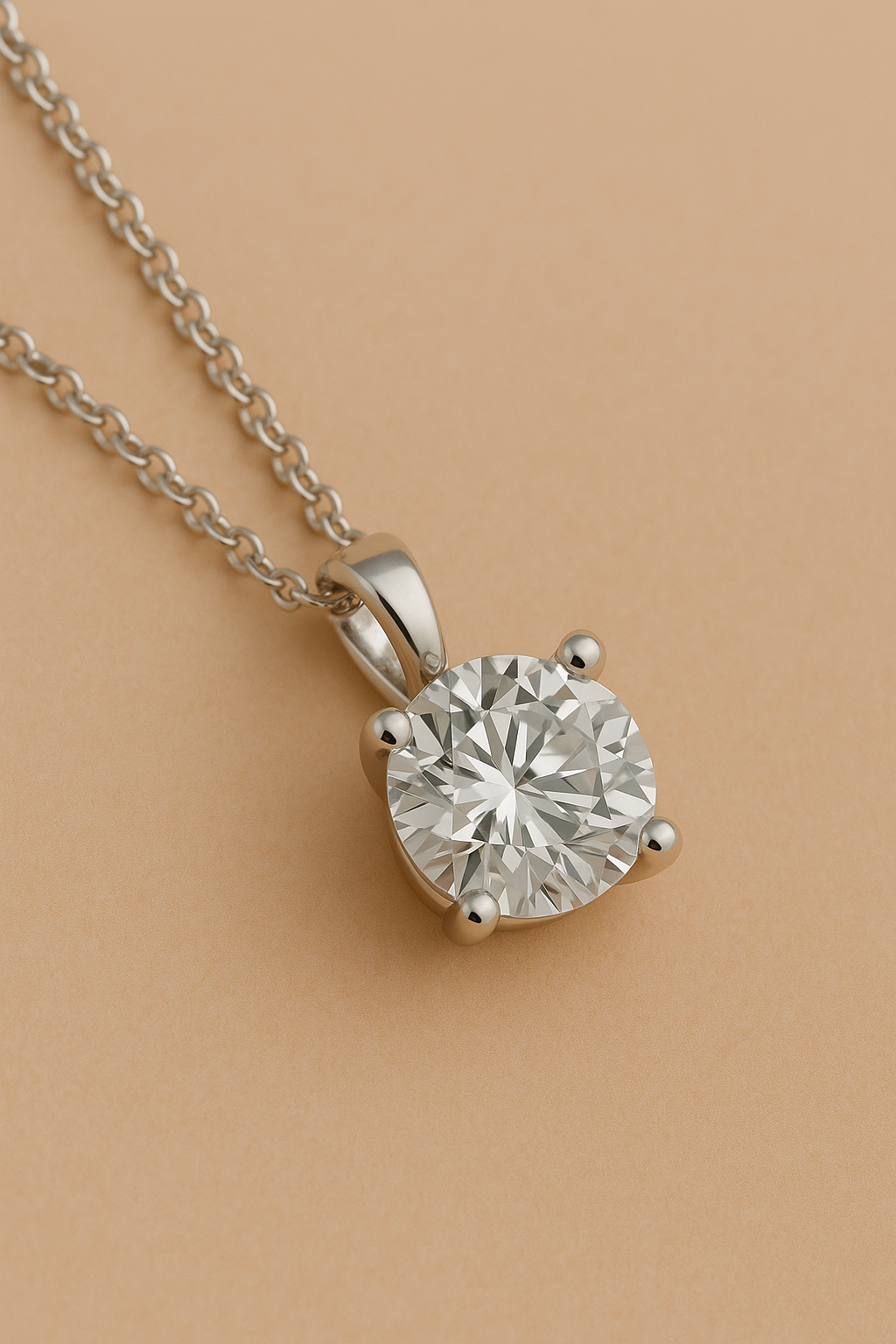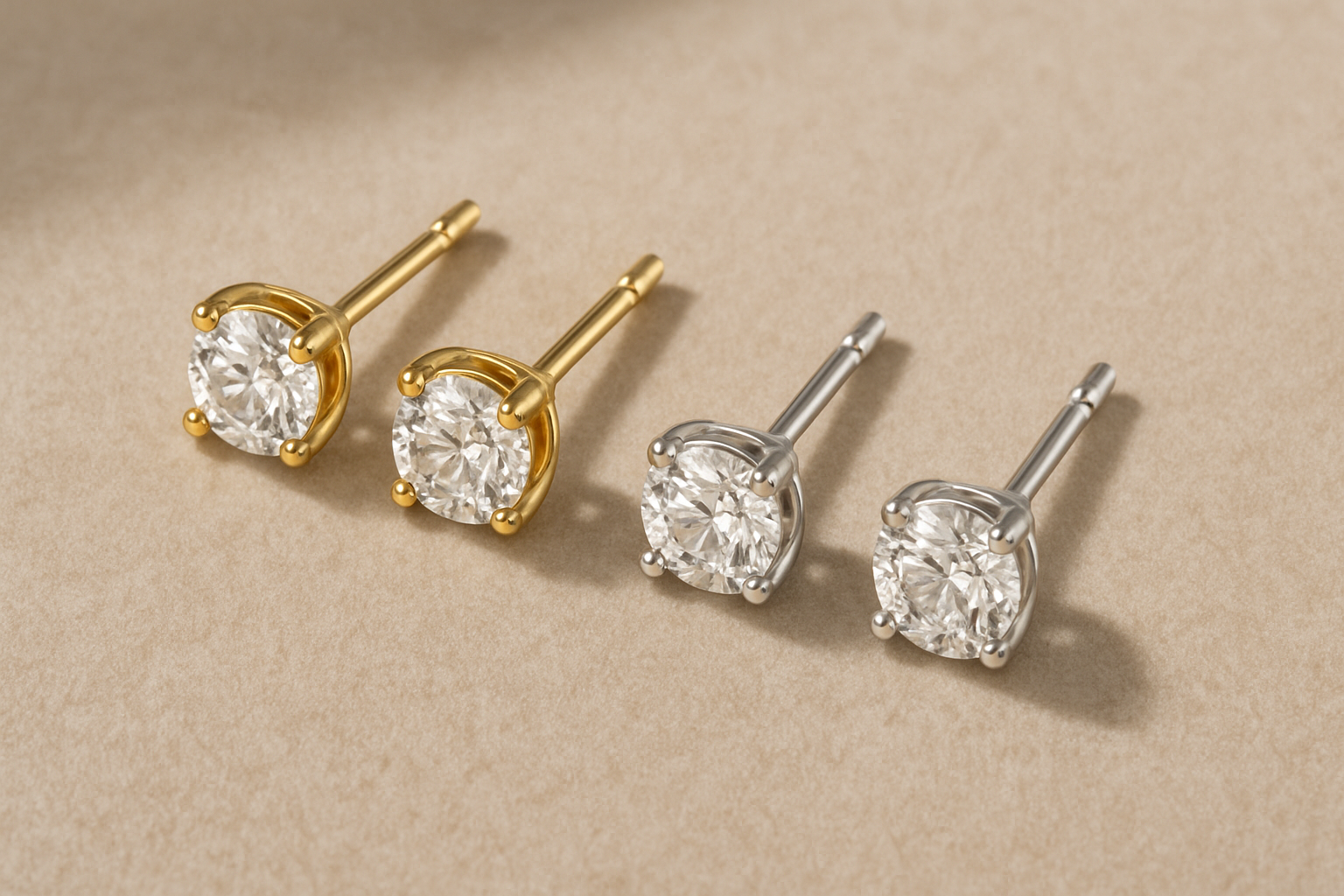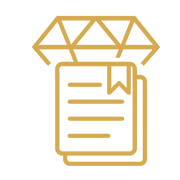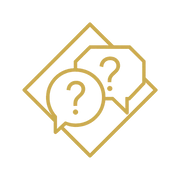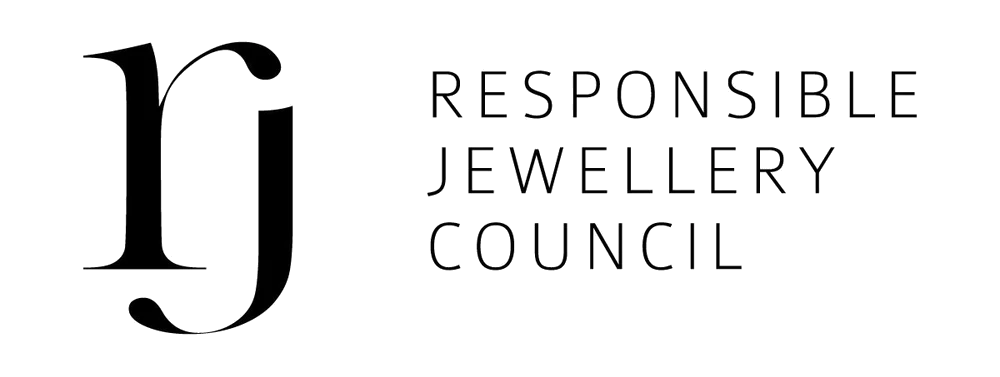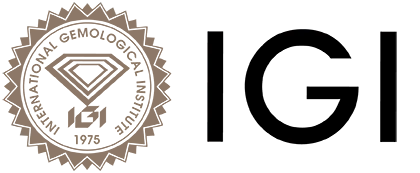a confusing issue in practice
lab-grown diamonds are real diamonds . Yet in practice, it sometimes happens that a low-cost diamond tester identifies a stone as “moissanite . ” this can be confusing and even worrying for buyers, but it does not mean that the diamond is fake .
how does a diamond tester work ?
many jewelers and consumers use small pen testers . These devices measure how well a stone conducts heat or electricity . With natural diamonds, this almost always works correctly . However, with certain lab-grown diamonds (especially those produced using the hpht method), a small trace of the element boron can cause the tester to give a false reading . The device may say “moissanite” — while in reality, it is a genuine diamond .
at louèn diamonds, all diamonds larger than 0 . 75 carat are grown using the other, well-known and superior method: cvd (chemical vapor deposition) .
why this is no reason for concern
-
an igi or gia certificate proves beyond any doubt that a stone is a diamond .
-
moissanite has different optical properties, such as double refraction . You will never see this in a diamond .
-
laser inscriptions and official grading reports provide a level of certainty that no inexpensive tester can match .
what does this mean for you as a buyer ?
at louèn diamonds, you always purchase a piece of jewelry with a recognized certificate . This gives you written proof that your diamond is real . So don’t be discouraged by a tester that gives the wrong result: the issue lies with the device, not the stone .
continue reading in the diamond guide ? Read our blogs about 'are lab-grown diamonds real ? ' what is the difference between cvd and hpht ? Or are lab-grown diamonds also certified ?



